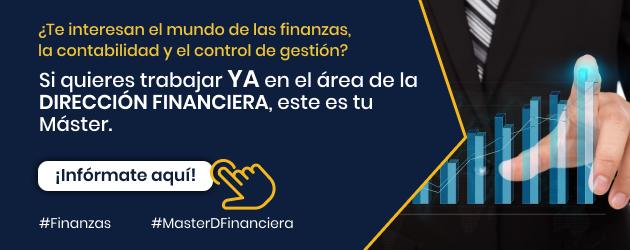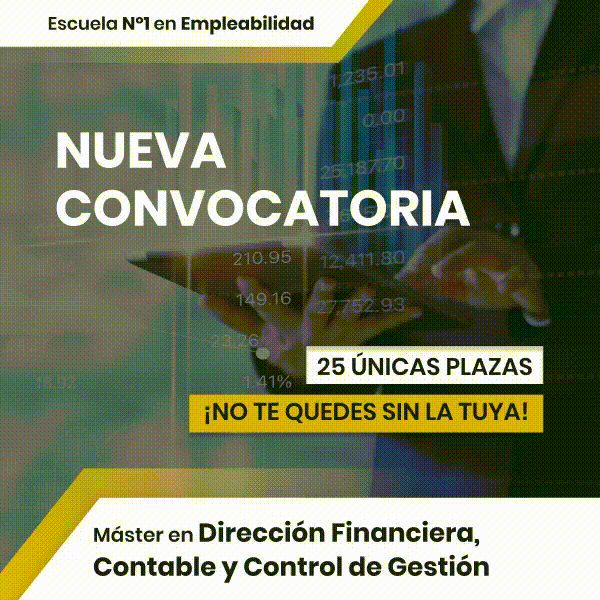Financing a company is a critical process in management Of the same. This process is even more relevant in the case of a startup or recently created company.

Some aspects regarding this topic are critically important and often cause some confusion. The first thing to say and I collect words from the great and pioneering private investor (Business Angel) Luis Martin Cabiedes, the thing is Entrepreneurship and financing are two completely different things.. An entrepreneurial project is launched because a “need (pain factor)” is identified that the entrepreneur considers could develop a better value proposition than the currently existing offer.
In this process there are critical elements such as the team, innovation and technology that are part of the execution of the idea. It is evident that the litmus test of the idea and the first execution of the startup are having clients, sales and collections. This scheme is not mixed with financing. In fact, entrepreneurs should be reminded of the two capital principles of business management:
- There is no better financing than that which is not needed.
- There is no better financing than that derived from sales and collections from clients.
Phases of the financial process of a startup
First phase
Companies have an anthropomorphic analogy, they are born, grow, develop and hopefully they do not die. For the first phaseI think it's necessary to have a plan. At the academy we call it "Business Plan", can have a traditional format or a more modern one through the tool of Canvas.
A business plan should be the result of having spent a lot of time alone with your project. In said Business Plan, there is an essential section related to the financial plan, in short to understand the cash flows derived from income and expenses of the startup as well as its capital needs.
In said financial plan and in this first stage, the founding partners must reflect on how much money do you need to start up of the startup, in short, what assets they are going to have to use and finance. This forecast is critical because it will condition its financing plan.
Furthermore, unless the founders have excess resources (uncommon in most startups), you have to be very rigorous regarding the need for assets for the startup. Businesses are not about having assets, but about making money. Each asset that the company requires to be owned, someone will have to finance, with its own resources or external resources, but ultimately with cost. The company assets, We need them to develop the value proposition, but we don't have to own them.
Second stage
Having defined the investment plan (assets and cash) to start the business, you have to think about the Financing plan. It is therefore clear that the financing needs for the initial start-up of a startup are conditioned by the investment plan that we have said we need for that initial launch. We must be clear, an important part of that financing plan, today at least 50% They must contribute it as their own funds the founding partners (including your family and friends environment).
It seems appropriate that the founding partners, in addition to their enthusiasm, idea, launch work, etc., “commit” to the project in the financial sphere. Furthermore, a moderate leverage ratio will allow the startup a reduced cash flow outflow to pay debt. In fact, this startup financing situation is very similar to what happens in real life according to the best entrepreneurship study what is done in Spain and worldwide, such as GEM (Global Entrepreneurship Monitor).
Would that additional 50% be in the form of debt or equity?
It could be stated that the financing process of a startup is an orderly process, The order of the factors does alter the product in this case.. First debt and then capital (equity). The reasons They seem to be forceful:
- Having debt is not bad, in the academy we teach that it lowers the average cost of passive resources, reduces the WACC (weighed average cost of capital) and with it the economic profitability required of the assets to create value in the company. An unwritten but real limit from financial prudence would be that the company always has a percentage minimum of 50% of own resources on total liabilities.
- The debt must be repaid in accordance with the conditions and terms of the loan contract but it has the advantage that, at least in this phase of the company, it does not interfere with the governance of the startup. The founding partners do not have any limitations in relation to the strategic and operational decisions that they can take on it (this will not be true when they bring in a private investor-business angel).
- In this initial phase of launching the startup, it may already have a prototype, the first customers and sales, but clearly will not have positive EBITDA or positive cash flows.
- Finally, there is one last reason, perhaps the most important on a practical level, and that is that in Spain it is very difficult find capital from private investors that they enter this very early phase.
In the event that there was a private investor willing to enter the capital in exchange for a percentage of the startupHow to value the company and thus the percentage to give up in exchange for your investment? Furthermore, if the startup is successful, it will need to go to subsequent rounds of financing. If the founders “release” high percentages of the company very soon, what will they have left for the following rounds? On the contrary, debt does not dilute the ownership of the founding partners.
Financing through traditional commercial banking
Then, it seems that the 50% of the necessary funds of the financing plan that the founding partners and their extended environment have not provided, should be debt. Can we go and request this financing from a traditional commercial banking provider? If we understand what type of financing we are talking about, the answer is clearly no. The financing requested by the entrepreneur from the demand is:
- As long as possible To reduce the total amortization and interest burden, we are talking about terms of over three years.
- In soft interest rate conditions (this today with the current European monetary policy is not a relevant problem),
- No guarantees (collaterals) additional personal contributions from the entrepreneurs or third parties, the sufficient guarantee should be the project, the drive, dedication and commitment of the partners as well as the initial 50% that they have contributed (some banks call entrepreneurship financing loan operations in which they request personal guarantees of partners and third parties).
Public funding
It is evident that in this initial phase, traditional commercial banks cannot address this type of financing, neither due to the term nor especially due to the issue of the risk policy and the guarantees it considers necessary. So, If we can't go to a conventional bank office to get that 50% that we are missing, where do we go?
In this phase, Financing must be of public origin, that is, with funds from national or European budgets destined for this purpose. I highlight in this sense, the line of Caixabank Microbank, those of the mutual guarantee companies, for example one of them would be Avalmadrid with its special line of entrepreneurs (in this case, they do not directly mobilize the resources but provide a guarantee to be able to go to a traditional bank office) and especially Enisa and the CDTI in its lines of financing R&D&I and Neotec programs.




































